Introduction:
Ogres and trolls have been present in literature, movies, cartoons and fairy tales for centuries, with both creatures having become staples in the fantasy genre. Though they share some common characteristics, they are far from being the same, and it is important to understand the differences between the two. In this article, we will explore the ten key differences between ogres and trolls.
Difference 1: Appearance
Ogres: Traditionally, ogres have been portrayed as large, bulky humanoid figures with green, scaly skin, large noses and pointy ears. They also often have tusks or horns.
Trolls: In contrast, trolls have traditionally been portrayed as smaller, more wiry humanoid figures with pointed noses, long arms and green or grey skin. Though they may have fangs or long claws, they do not have horns or tusks.
Difference 2: Origin
Ogres: Ogres have their roots in literature and folklore from a variety of cultures, including European, Middle Eastern and Asian.
Trolls: Trolls, on the other hand, are more closely associated with Scandinavian folklore, both in literature and as part of the mythologies of Scandinavian countries.
Difference 3: Temperament
Ogres: Ogres are often portrayed as violent and savage creatures that feed on human flesh. As such, they are commonly seen as despicable villains or monsters.
Trolls: Trolls, on the other hand, are often portrayed as mischievous or even comical creatures. They may cause some trouble, but they are rarely seen as malevolent or dangerous.
Difference 4: Diet
Ogres: Ogres have long been portrayed as carnivorous creatures, which feed on human flesh and other animals.
Trolls: Trolls, like some of the human cultures from which they originated, are often portrayed as omnivorous, with their diet including both meat and plants.
Difference 5: Habitat
Ogres: Ogres are often portrayed as living in dark, dank caves and other secluded locations.
Trolls: Trolls, on the other hand, are often associated with forests, hills and other rural areas.
Difference 6: Interaction With Humans
Ogres: Ogres are often seen as hostile towards humans and may even view them as food. They may also put humans under spells or use other magic to manipulate them.
Trolls: Trolls, while still often seen as mischievous, rarely have any malicious intent towards humans. In many cases, they are even friendly or helpful towards humans.
Difference 7: Skills and Powers
Ogres: Ogres are sometimes portrayed as being incredibly strong, and some tales even suggest that they have magical powers.
Trolls: Trolls, however, are rarely seen as possessing any magical powers or abilities.
Difference 8: Appearance in Mythology and Folklore
Ogres: Ogres have long been featured in a variety of different myths and folklore, from European, Middle Eastern and Asian sources.
Trolls: Trolls, on the other hand, are primarily associated with Scandinavian folklore, having been featured in numerous stories from this culture.
Difference 9: Language
Ogres: Ogres are traditionally portrayed as speaking a guttural, unintelligible language.
Trolls: Trolls, on the other hand, are generally portrayed as speaking a language that is more similar to human languages.
Difference 10: Popularity
Ogres: Ogres have been featured in literature, mythology and films for centuries and have become some of the most recognizable monsters in the fantasy genre.
Trolls: Trolls, on the other hand, have been less widely featured in popular culture and are not quite as recognizable as ogres, but they are still an important and popular part of the fantasy genre.
Conclusion:
Though ogres and trolls are both notable creatures in the fantasy genre, it is important to understand the key differences between the two. From their appearance and origin to their skills and habitats, these two creatures have very distinct features. It is these differences that allow them to be featured both separately and together in literature, films, and other media.
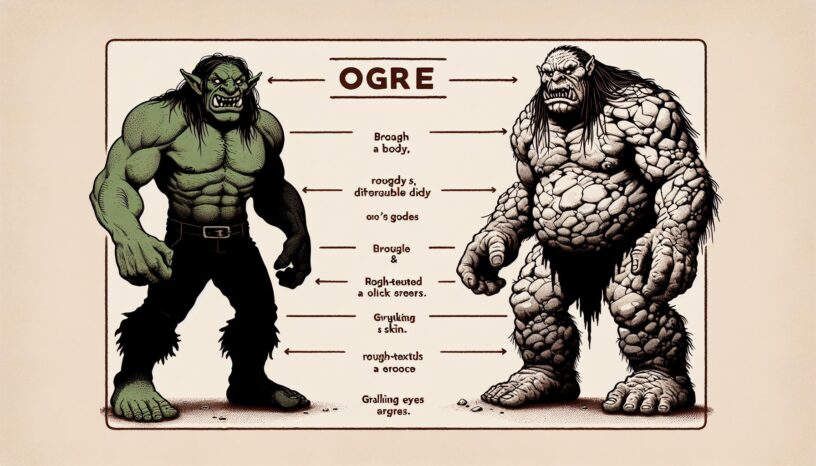

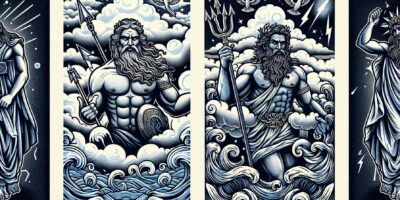
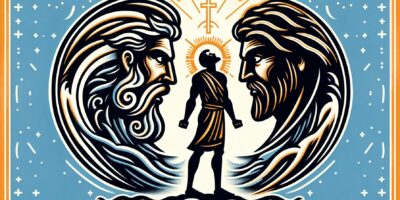

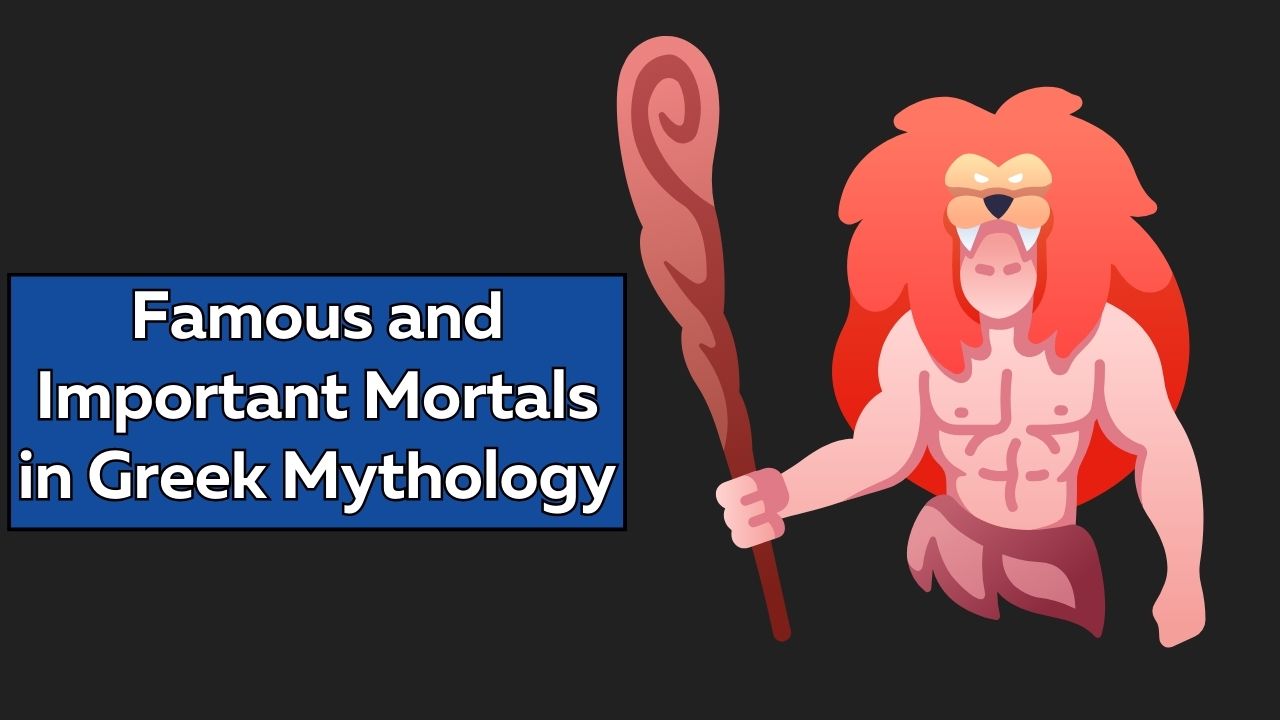
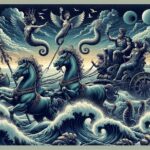
Leave a Reply